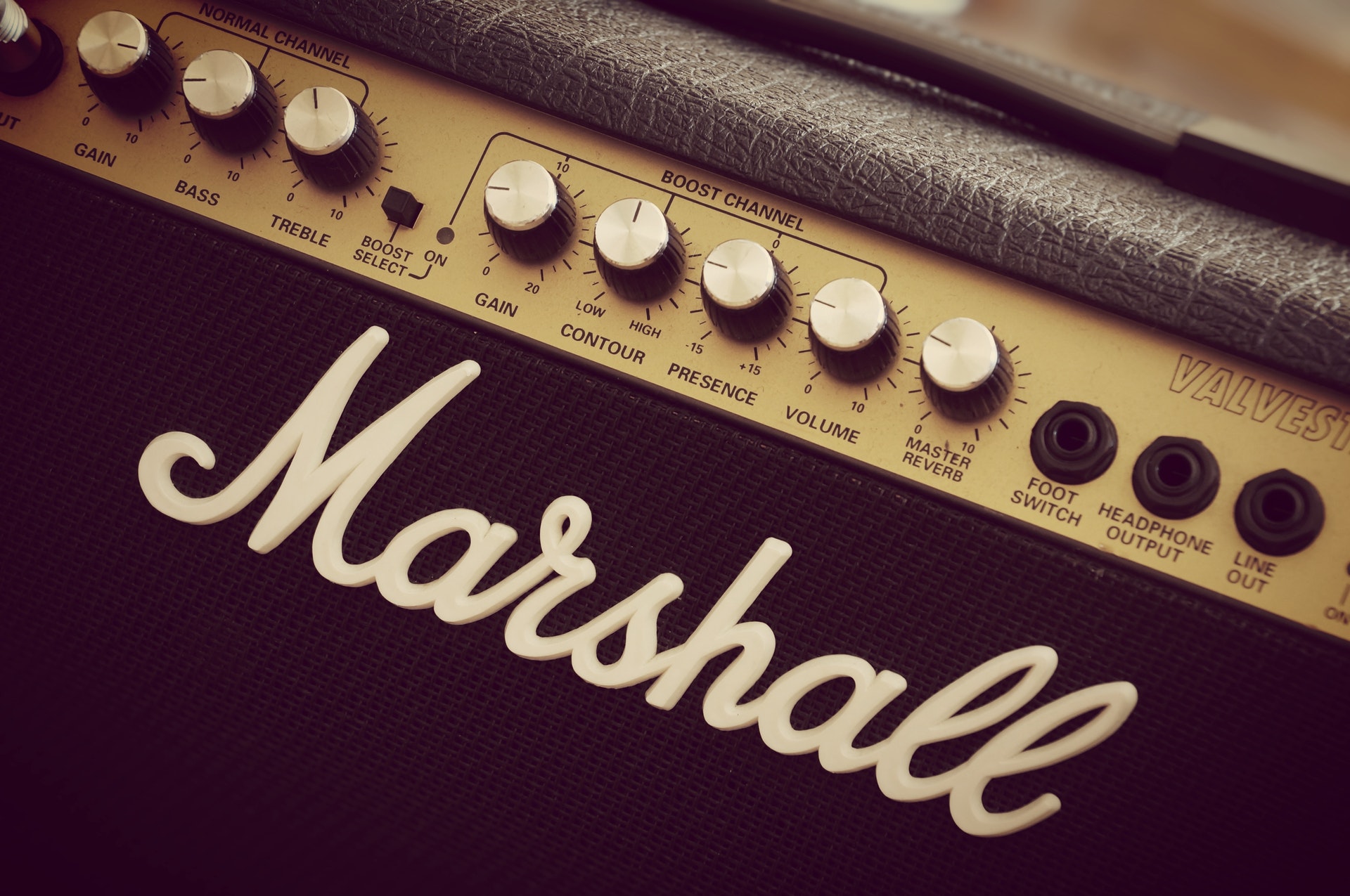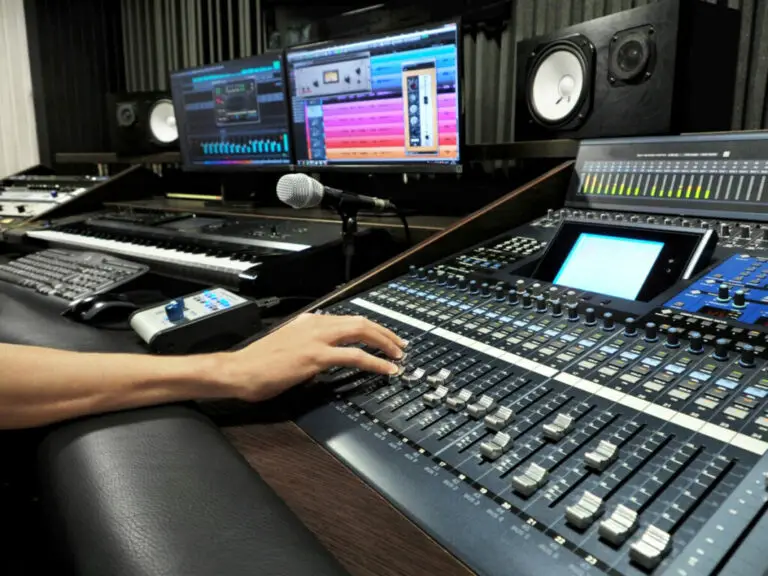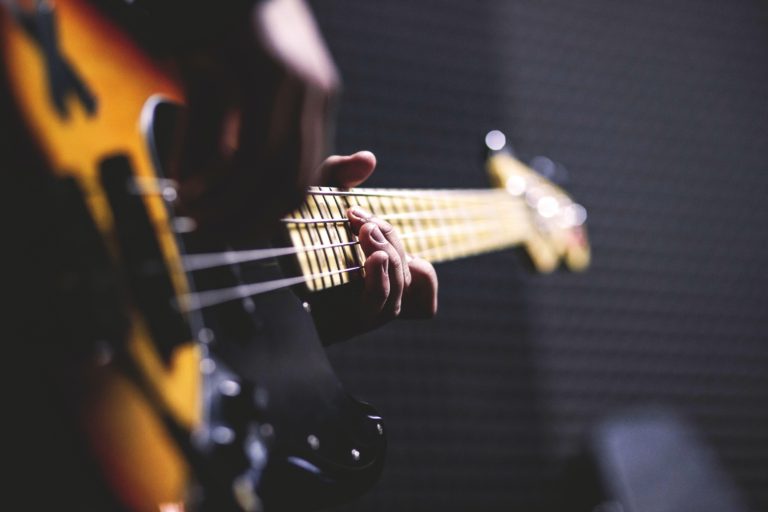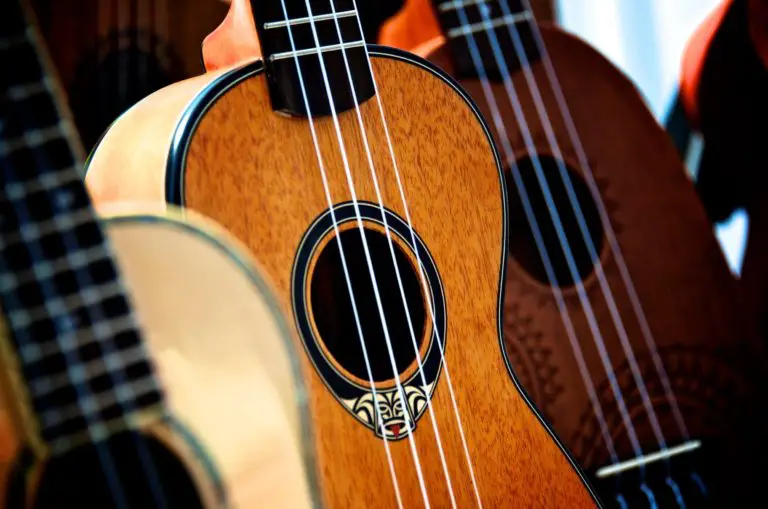Is Higher Wattage Better for Amps?
More is better, right? More horsepower means a quicker car. More money means a better life.
So, is higher wattage better for amps? Sometimes it is, but the “more is better” analogy has serious flaws. Advances in technology mean modern guitar and bass amps can do more with fewer watts.
Likewise, horsepower isn’t the only factor in making a car quick, nor does having lots of money guarantee a higher quality of life. Amps are the same way. Read on to learn what’s important when deciding on a new amp.
What is Wattage in Amps?
Wattage is simply a measure of power. Scientists refer to it as “the unit of electrical power equal to one ampere under the pressure of one volt” (U.S. Energy Information Administration).
Of course, you don’t need to know that. Instead, you’re probably more interested in whether or not an amp for sale on Amazon is going to keep up with your mad guitar (or bass) skills.
With amps, wattage (more or less) translates to volume. A 10-watt guitar amp is perfect for practicing in a small, quiet room. However, a noisy venue demands an amp with 500-watts or more.
Benefits of a Higher Wattage Amp
Most of the time, an amp with more wattage is louder than an amp with comparatively little wattage. But you’ll also hear musicians say that more wattage means an overall better amp. Why is this?
Firstly, a high-wattage amplifier offers more headroom. What is headroom?
Headroom represents how much power an amp has before sound quality degrades. For example, an amp with 150 watts may begin to distort things when you crank it above 100 watts. Thus, the amp would have 50 watts of headroom.
Thus, higher wattage is better for those who aren’t sure how much power they need.
You’re better off buying an amp with volume to spare than to buy an amp that’s barely loud enough. If you’re constantly pushing an amp to its limits, you’ll end up putting a lot of stress on it — meaning you’ll need to replace it sooner.
Is Higher Wattage Always Better?
It’s wise to buy an amp with a little more wattage than you think you’ll need to give yourself some valuable headroom. But, other than this, is higher wattage worth the higher price?
Ultimately, wattage is about volume. Quality depends on other amp characteristics. When you’re evaluating guitar and bass amp models, you want to consider things like:
- Brand
- Build quality
- Tube vs. solid state
- Combo amp vs. amp head and speaker
These are the factors that influence an amp’s tone and sound quality. On the other hand, the ideal amount of wattage has to do with how big the space is you intend to fill.
What Wattage Guitar Amp Do I Need?
While you technically can’t have too many watts, there is such a thing as overkill. Investing hundreds of dollars on an 80-pound behemoth isn’t ideal when you’ll be practicing guitar in your room.
To help your decision, we’ve identified typical guitar amp use scenarios and researched the optimal wattage for each. Choose accordingly.
- 10 – 25 watts: Solo practice in a small, enclosed space. This wattage is ideal for playing in bedrooms and small apartments.
- 25 – 40 watts: Solo practice in larger spaces. Additionally, an amp closer to 40 watts is adequate for small, garage-like rehearsals with drums.
- 40 – 100 watts: Guitar amps with more than 40 watts get surprisingly loud, making them great for live venues.
- 100 – 250 watts: Noisy live performances. Modern solid-state amps pack significant volume per watt. With more than 100 watts of power, you’ll be able to handle most live performance environments.
- 250 watts and up: Massive concerts and festivals. At this point, you’ll probably be using a multi-cab setup. Thus, you’ll probably want to go with a powerful amp head for easier portability.
Remember, though, that wattage isn’t everything. You need to consider each model individually. Product reviews make this a hell of a lot easier as they provide valuable anecdotal data on how people tend to use a particular guitar amp.
Guitar Amp vs Bass Amp Wattage
Bass amps and guitar amps have distinct wattage requirements. More often than not, a bass amp will need more power to reach the same volume as a guitar amp.
So while a 10 watt guitar amp can fill a small apartment with no problem, the same isn’t true of a 10 watt bass amp. You’ll see people claim that a bassist needs anywhere between 3x to 8x the wattage of the lead guitarist’s amp.
The wattages we discussed a minute ago apply to guitar amps exclusively! Instead, these are the numbers you should look for in a new bass amp:
- 30 – 50 watts: Practice in a small space
- 50 – 100 watts: Solo practice a larger space
- 100 – 250 watts: Indoor band practice
- 250 – 500 watts: Small venue gigs
- 500 watts and up: Large live performances
As you can see, you need significantly more power to make those low tones audible. So if you’re going to be practicing alongside a guitarist’s 50-watt amp, you’d better have at least 100 watts to be heard.
Thus, even with advancements in solid-state amplification, it still appears that more is better when it comes to bass amps.
Can an Amp Have Too Many Watts?
If you can afford it, it’s wise to purchase an amp with a few more watts than you think you need. However, there are downsides if you get way more watts than you need!
The number one reason to choose a more modest amp is cost. As wattage increases, so does price. Therefore, if you don’t plan on taking your guitar to a live gig anytime soon, there’s no need to spend a premium on a 200-watt amp.
Secondly, you could damage your ears! If you accidentally bump the volume knob to ‘10’ before you turn your amp on, you’re in for a shock if you’re in a small space. More than likely, your ears will be assaulted with voracious buzzing or feedback. Sound has nowhere to go, so it bounces off the walls and back in your face, adding insult to your pain.
Finally, high wattage amps are big. You may have to sacrifice 30% of your floor space, for example, if you get an amp designed for live gigs. Not to mention, you’ll have a time trying to carry that thing up a flight of stairs.
Tube Amp vs Solid State
When people talk about how an amp sounds, they may pit solid-state and tube amps against each other. Usually, suggesting that a solid-state amp sounds “as good as a tube amp” is a positive claim for the former.
A tube amp, also called a valve amp, uses vacuum tubes to conduct electrical currents. It’s similar to how old-fashioned cathode ray televisions work — you can think of it as the audio equivalent of the same technology.
Meanwhile, a solid-state amp uses silicon transistors, a more modern technology, to produce sound. There is no vacuum involved. Instead, you’ll find the inside of a solid-state amp akin to the inside of a computer.
As you can probably infer, tube amps have been around longer. It wasn’t until the 1970s that solid-state amps were introduced. However, it has taken decades until they could compete with the classic sound of tube amps.
Nowadays, you can get excellent tones with either type of amp. Tube amps offer a vintage sound, mimicking the tones behind vinyl’s resurgence. Meanwhile, solid-state amps produce the cleanest, purest sound. Just be warned: if you go the tube route, you’ll need to give your amp some TLC.
Amp Wattage vs. Speaker Wattage
Many people mistake the difference between an amplifier and a speaker cabinet. The speaker is the final step in getting sound to your ears, whereas the amp is responsible for transforming electronic signals into something the speaker can play.
Generally, you’ll want an amp with double the wattage of the speaker you’ll be using. This creates a protective measure against clipping, which is when volume peaks and “pounds” on the speaker.
Surprisingly, not enough power causes more problems than too much. To be safe, an amp with more wattage will extract the full volume out of a speaker. This is a very basic overview, so watch the video below for more details:
Embed:
Conclusion
Higher wattage means two things: more volume and more headroom. These are both favorable things, leading one to believe that higher wattage means a better amp. While this is partly true, new amps can produce rich, powerful sound with fewer watts.
Plus, wattage needs depend on the instrument. For example, a bass requires more watts than a guitar to reach a certain volume. This shows that, while wattage is an important consideration when choosing a new amp, it’s not everything.
Ultimately, though, you still want to be on the safe side. It’s better to have the power and not need it than the other way around. Just be sure to mind your budget to avoid 300-watts of expensive overkill.








